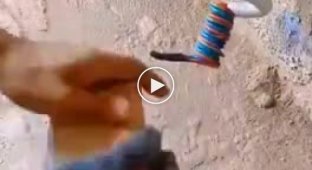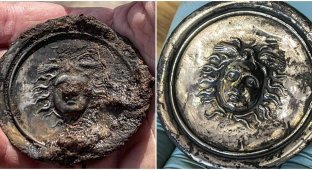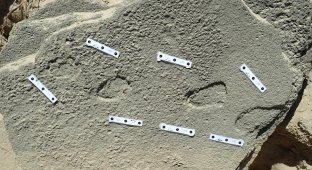Why did German soldiers wear a metal shield on their chest? (5 photos)
Often in photographs of the Second World War you can see a strange accessory on the uniform of German military personnel - a triangular metal shield with a relief plate and an inscription. 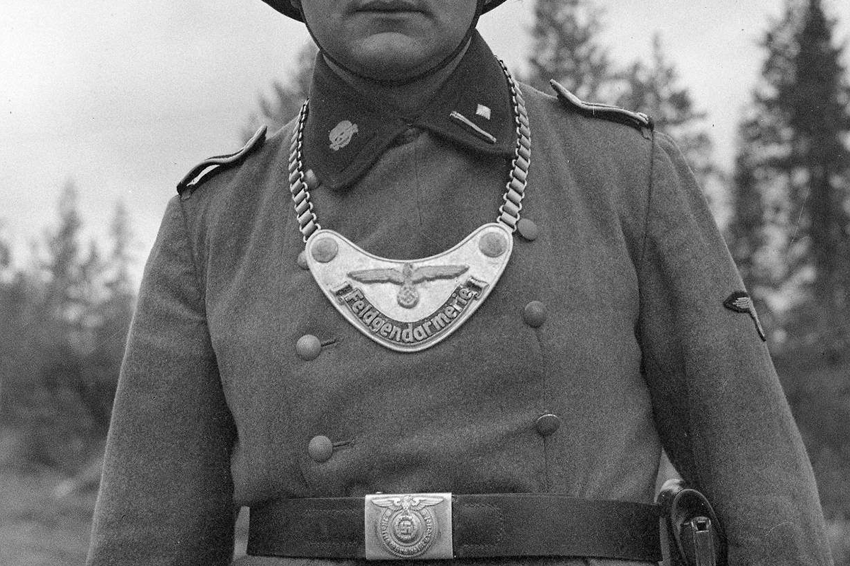
Gorget for Felgendarmerie soldier
Today, the accessory has become a coveted prize among collectors and is almost never found on the antiques market.
What is this item and what was it for?
Hello from the Middle Ages 
Plate Gorget
We are talking about a gorget. In the Middle Ages, a gorget meant part of a knight's armor - a metal collar that protected the warrior's jugular cavity and throat. With the development of firearms, armor became a thing of the past, and the gorget became a symbol of knightly nobility.
Before the appearance of shoulder straps, such a plate emphasized that a serviceman belonged to the officer rank and was an additional element of military distinction.
In fact, the gorget was even worn in the army. Peter I introduced the element of ammunition, having spotted it from the Europeans. The gorget had the shape of a crescent with the state coat of arms in the center. The badge was placed under the collar, secured with laces to the epaulettes and buttons. 
Infantry officer's uniform with gorget
By the middle of the 19th century, the gorget left everyday life, becoming a decorative element of a dress uniform. By the beginning of the 20th century, in most countries the steel medallion was completely forgotten.
Knights of the 20th century
Only German officers, who continued to consider themselves heirs of the old German knighthood, showed persistence in wearing gorgets.
As a result, the badge was distributed among many military services, for example, among the field, railway and coastal gendarmerie, military commandant's office and some other branches of the military.
Of course, each service had an individual gorget, differing in shape, color and overlay. 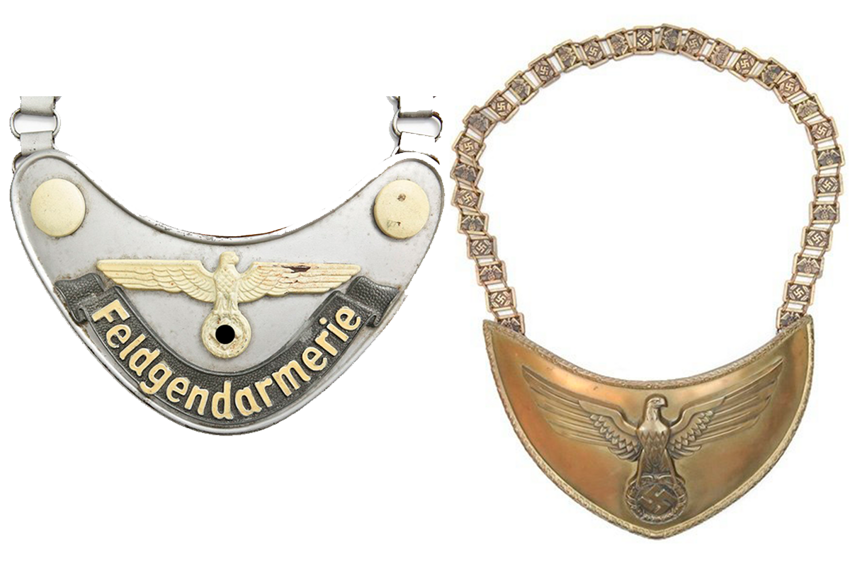
It could be worn either on a chain or with the help of three clasps. The medallion was made by stamping from nickel silver, an alloy of copper, nickel and zinc. On top it was covered with silver or gold plating. All identifying signs: the eagle, inscriptions and banners were covered with phosphor luminous varnish. On the reverse side the gorget was lined with dark cloth.
Chain dogs
It is curious that for wearing a silver gorget on a chain, more like a collar with a sign, the German gendarmerie received the nickname “chain dogs”. 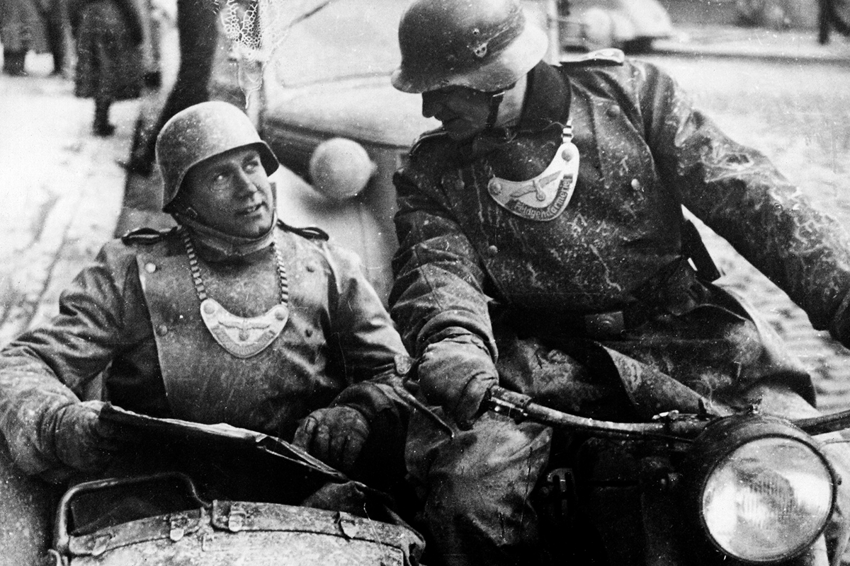
Field Felgendarmerie
However, the police more than justified their nickname. The main function of the gendarmes was to detect and apprehend deserters, most of whom were sentenced to capital punishment. The police also took part in mass arrests and sending people to concentration camps, gaining notoriety even among their compatriots.
It should be added that the Germans did not wear gorgets on the Eastern Front. Such a noticeable distinctive sign made the officers too vulnerable to Soviet snipers, scouts and partisans, who from the first days of the war began a real hunt for the gorge-bearers.















